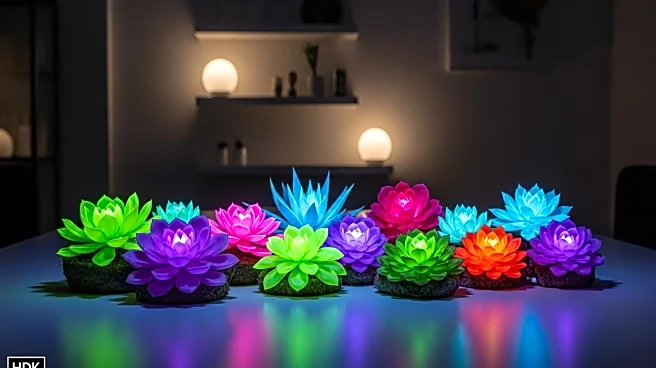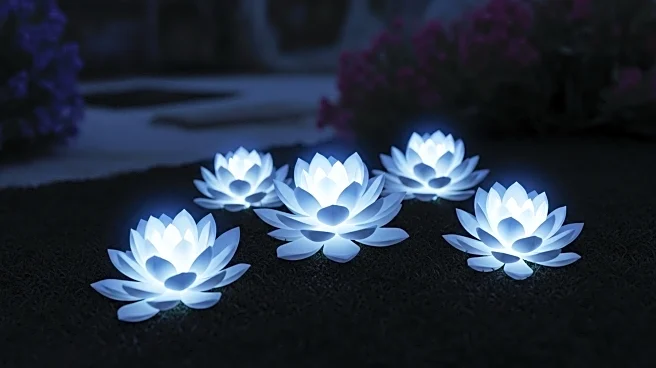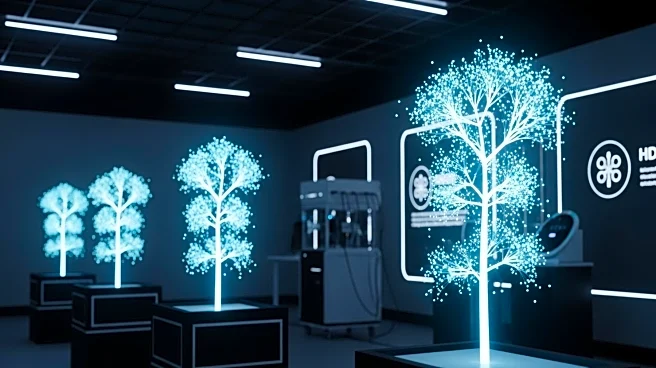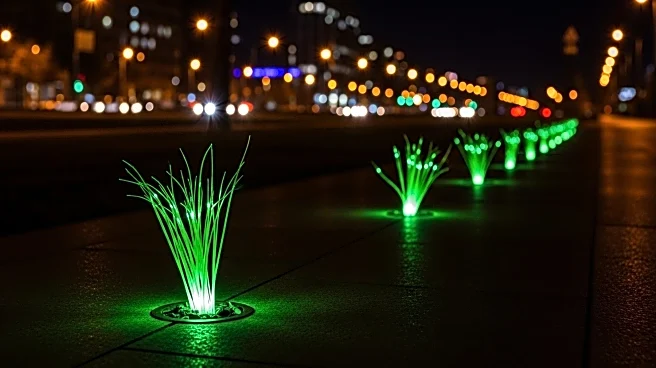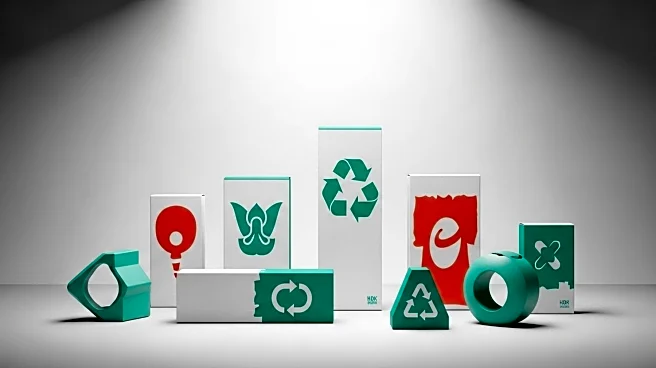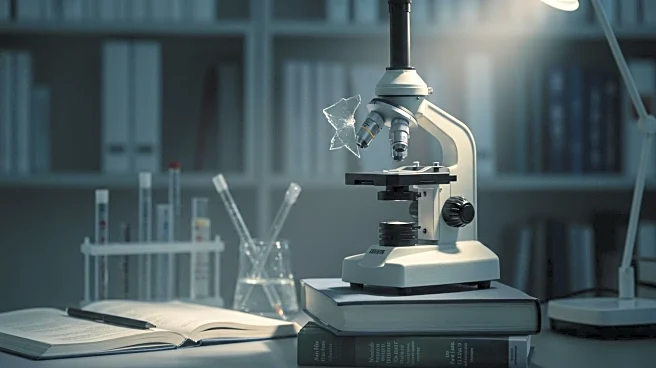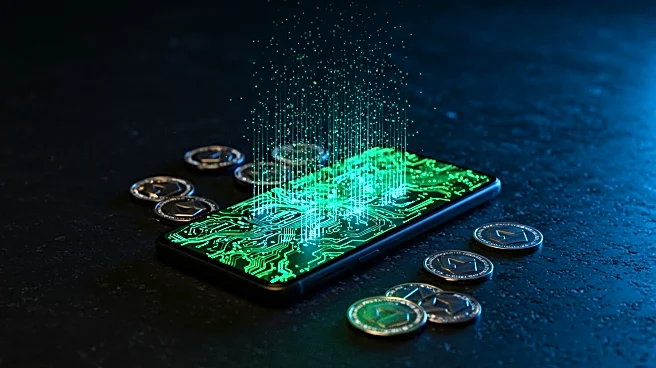What is the story about?
What's Happening?
Researchers at South China Agricultural University have developed glow-in-the-dark succulents by injecting them with phosphor particles. These particles, similar to those used in glow-in-the-dark toys, allow the plants to emit light in various colors such as blue-green, blue-violet, green, red, and white. The luminescence can last up to 120 minutes after exposure to light. This innovation marks a significant step in creating sustainable, plant-based lighting solutions. The process involves injecting each leaf of the succulent with phosphor particles, a method that is both cost-effective and does not harm the plant's health.
Why It's Important?
This development could revolutionize ambient lighting by providing a sustainable alternative to traditional lighting methods. The ability to create glowing plants without genetic modification opens up possibilities for eco-friendly lighting solutions in homes and public spaces. The use of phosphor particles is a cheaper and potentially more practical method than previous genetic engineering attempts. This innovation could benefit industries focused on sustainable living and green technology, offering a novel way to integrate natural elements into lighting design.
What's Next?
The researchers have applied for a patent on this technology and are exploring further applications for decorative installations and living lighting. They plan to conduct long-term biosafety evaluations to ensure the method's safety for the plants. If successful, this could lead to wider commercial availability and adoption of glow-in-the-dark plants as a lighting solution.
AI Generated Content
Do you find this article useful?
